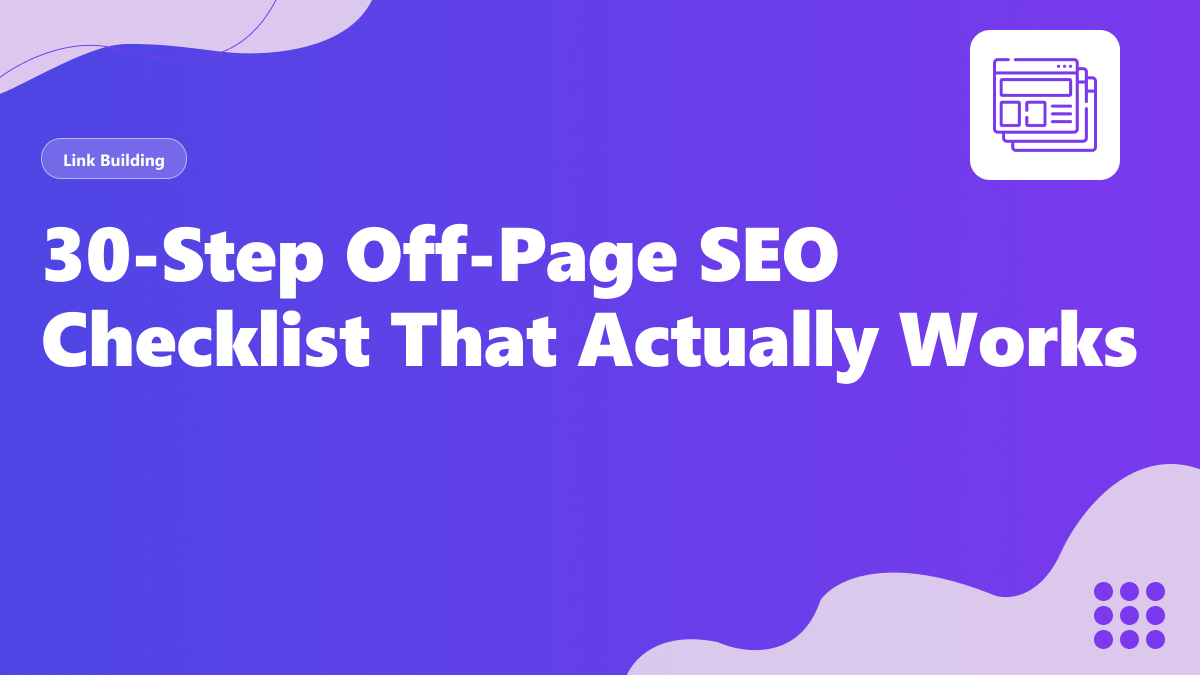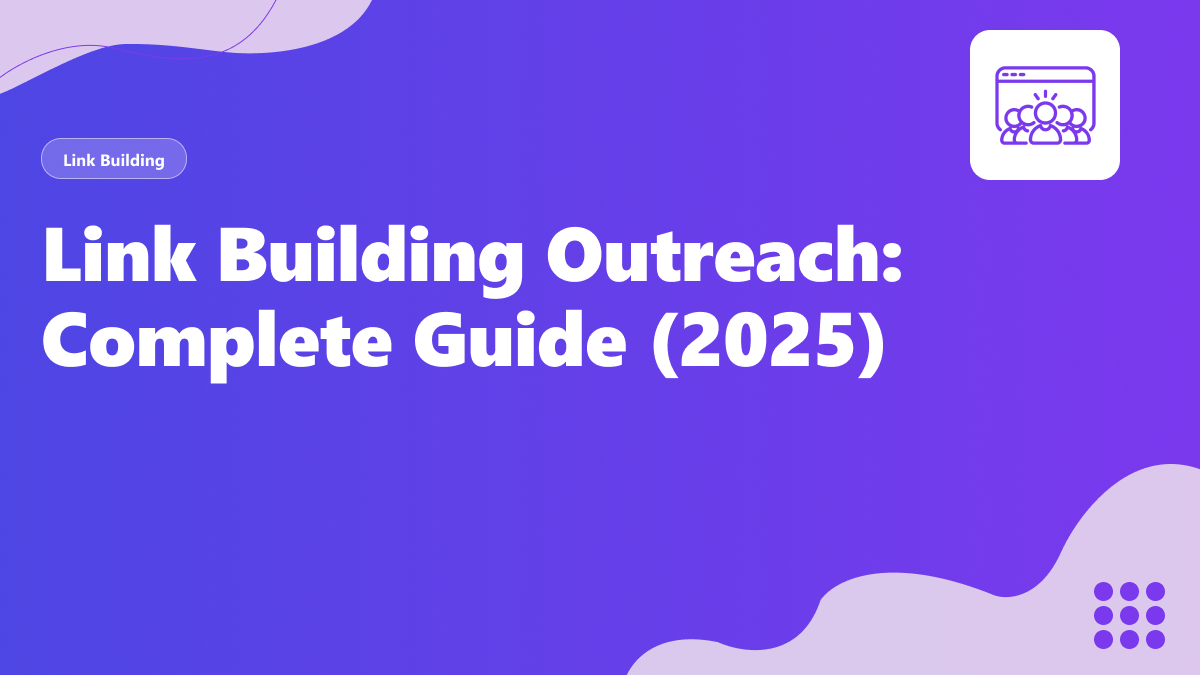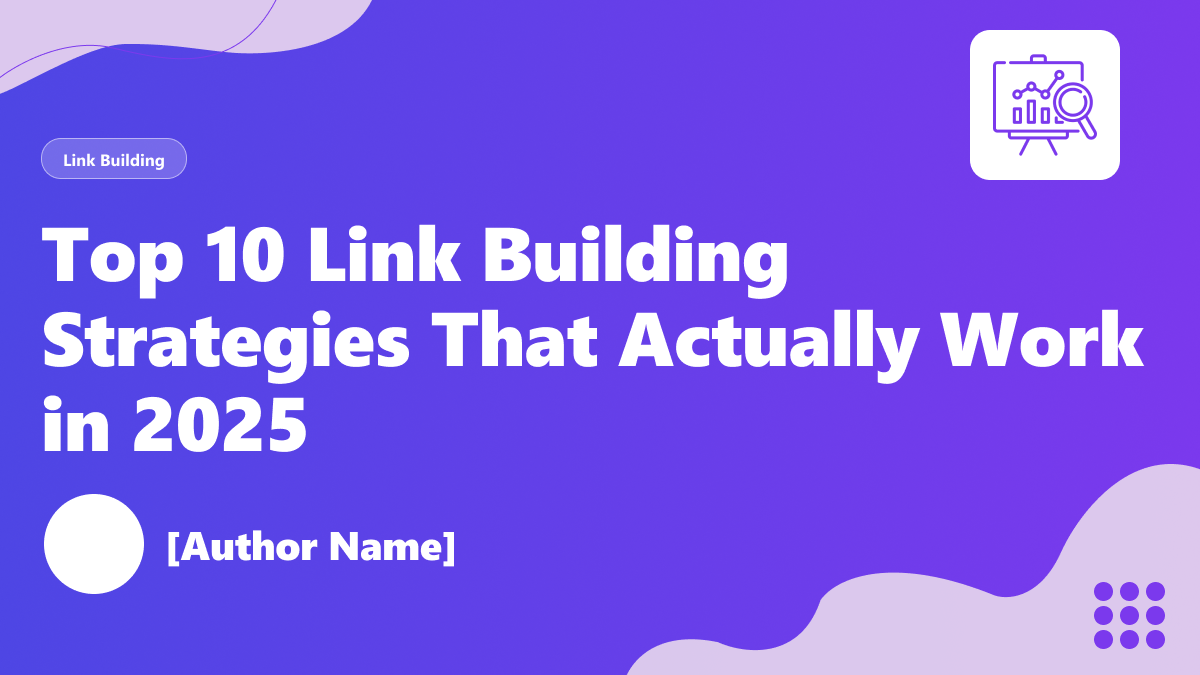In this eCommerce SEO case study, I’ll show you how I helped a biotech company to increase their revenue up to 500k from 100k through our eCommerce SEO marketing strategy.
Case Overview
The client wanted to outrank a specific competitor in the same niche. However, one competitor was the best e-commerce brand on the market.
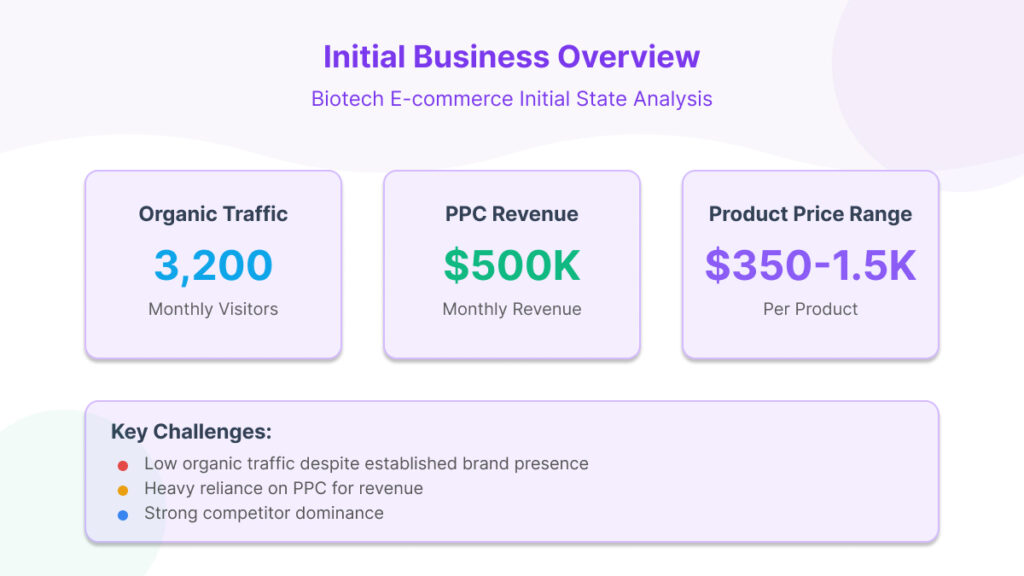
The competitor site was 100% in authoritativeness. It gained references from Forbes and Men’s Health, free of cost!
Despite the low possibility of success, my other 3 team members insisted on accepting the job, and so, I did.
Key Findings
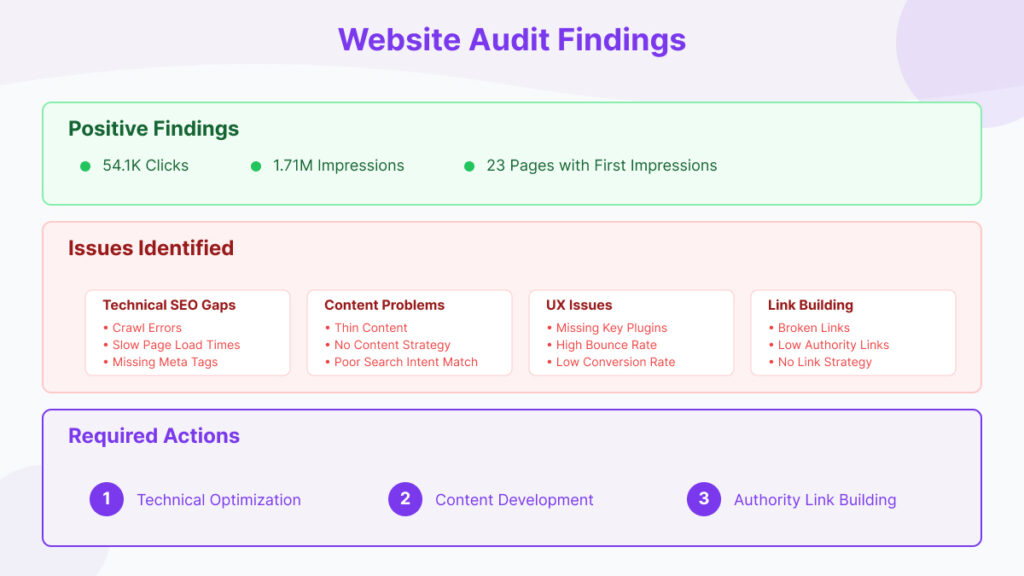
I did a thorough website audit using Ahrefs, SEMrush, Screaming Frog, etc. Meanwhile, we also analyzed the market competition and consumer intents.
The good things were:
- 54.1 K clicks on the site
- 1.71 M impressions
- Around 23 pages with first impressions
These were the drawbacks:
- Missing some key elements or plugins for a better UX.
- Problems like crawl errors, slow page load times, and missing meta tags were damaging SEO scores
- Full of thin content
- No ideal link-building.
Strategies That Kicked Out For Us
Creating a Solid Roadmap
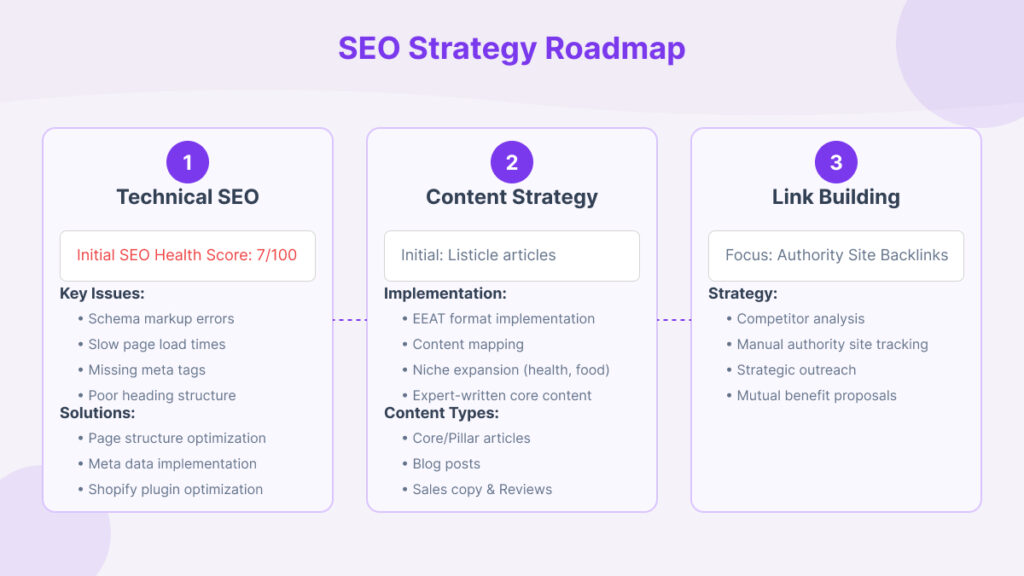
I immediately made a draft of what we’d do and sent it to the client. Though we didn’t waste any time, the owner took a while to brief our proposal to the other persons related to the business.
Improving Technical SEO Score
At first, the technical SEO score was 7!
There were tons of reasons why the score was so low. The main ones were:
- Blunders in the schema markup
- Excessive page load times
- Several pages were published without any metatags
- No signs of any structures of headings
These blunders happened because my client left the optimization job for the remote dev team. And obviously, web developers won’t have the proper idea to optimize websites.
I made a primary structure for each type of page. Product pages, policy pages, and blogs, all got their own types of interfaces.
Then, I changed page titles, meta titles, tags, categories, alt texts, etc. for better structured data for the website.
As the website was made on Shopify, I directly contacted the support team. I asked them about the current plugins and plans of the websites and their credibility. I wanted to know which plugins or setups to use with this Shopify site for better speed and optimization.
I guess, this was the best decision as no one better than the platform’s support team knew the best setup for our site.
Making a Content Strategy
The website only had:
- Listicle articles
- Product descriptions
I wanted to implement Google’s EEAT format.
As the niche was quite compact, the scope to make new articles was low too.
Still, I made a list of those niches that were relevant to the client. Like health, food, fitness, etc. I made a list of those keywords that would also match with the main niche.
I divided the writing into two segments. Core articles, Pillar content, etc. were assigned to the dedicated members of the client’s team. As they had been working for years in this sector, I could say that they were niche experts.
Other articles such as blogs, sales copy, reviews, etc. were my job. As this content was only to gain traffic, niche expertise wasn’t required.
Link Building with Authority Sites
I analyzed our competitors and learned what type of website referrals helped them to rank. We also manually tracked authority sites that can align with us for backlinks.
Luckily, I got positive responses from targeted businesses.
The Result Went Our Ways
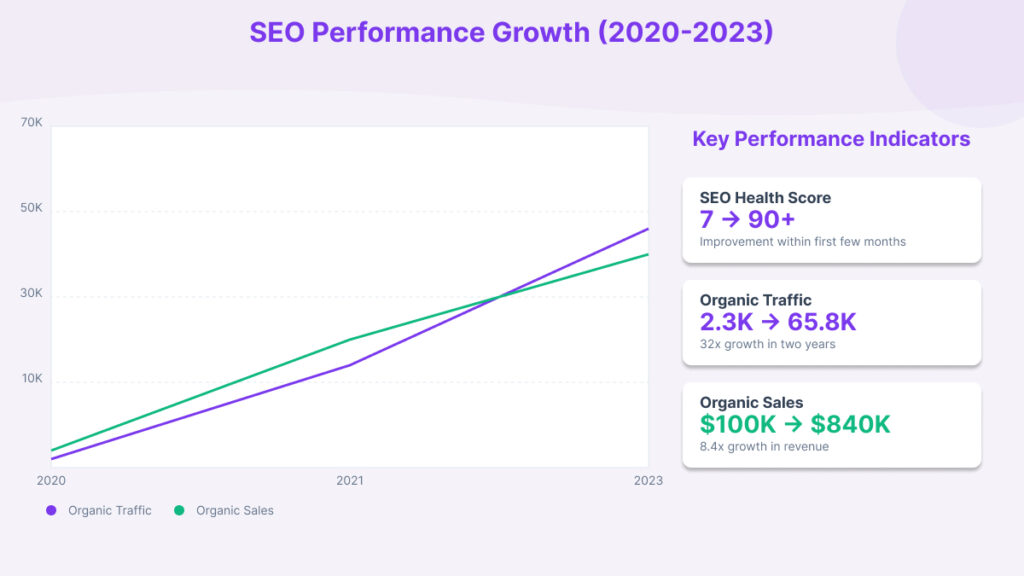
After 6 months of dedication, I got the expected result.
- 13x improvement in SEO health
- 63k+ more organic traffic in two years, 32x growth
- 740+ more sales organically, 8.4x growth
| Key Performance Indicatiors (KPI) | 2020 | 2021 | 2023 |
| SEO Health Score | 7 to 90+ by within a first few months | ||
| Organic Traffic | 2317 | 36000 | 65893 |
| Organic Sale ($) | 100k | 510k | 840k |
